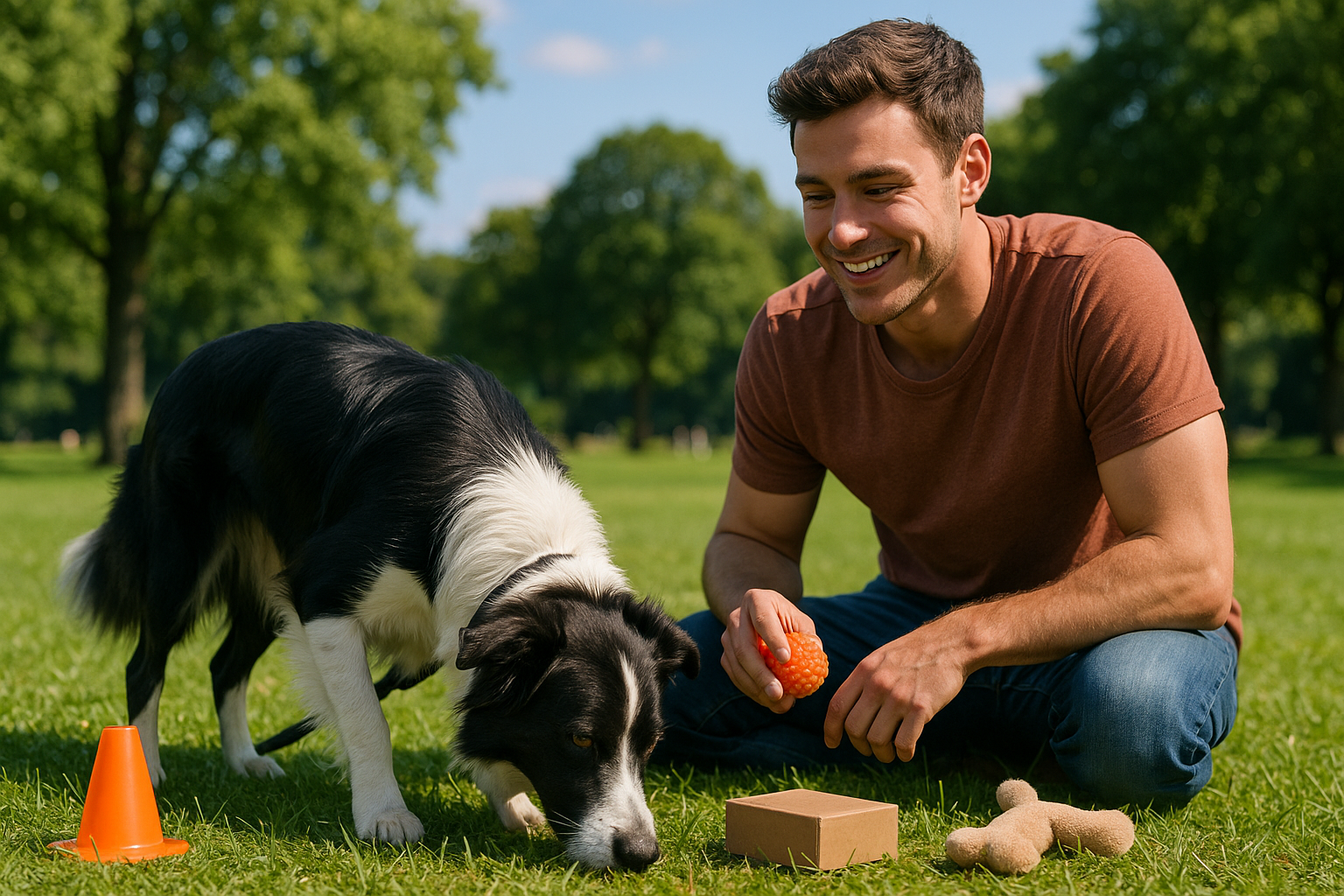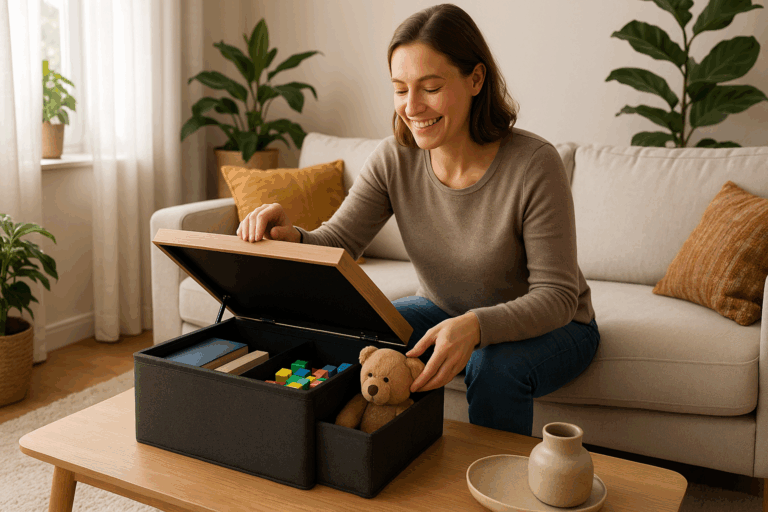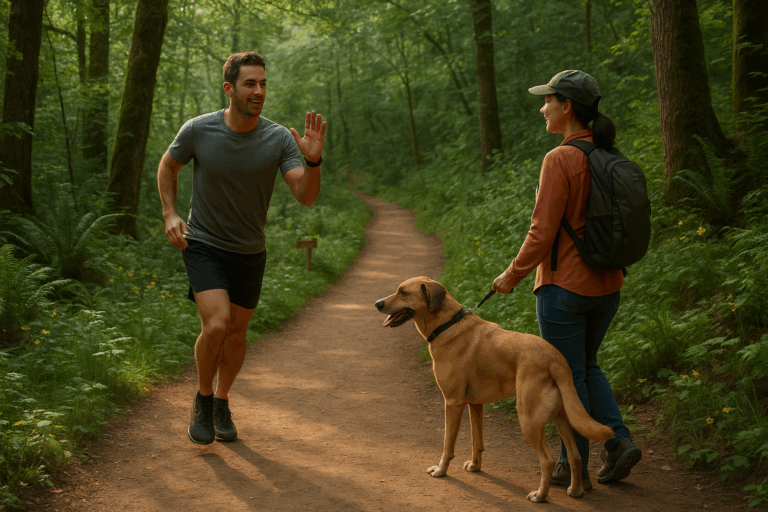👋🐾 Have you ever wondered what your furry friend is truly capable of? Or perhaps you’re looking for a new way to engage their mind and senses? Then let’s delve into the fascinating world of nosework games, a captivating practice that allows your dog to tap into their primal instincts and become a veritable canine detective. 🕵️♂️🐶
Nosework games for dogs, derived from professional detection dog training techniques, are not just enjoyable but also rewarding, not only for our four-legged friends but for us as owners. This engaging activity promotes a better understanding and appreciation of our dogs’ incredible olfactory abilities. With a sense of smell estimated to be between 10,000 to 100,000 times superior to ours, dogs have the capacity to transform into sniffing sleuths, given the right stimulation and training. 🐕🔍
In this extensive guide, we’ll explore how to get started with nosework games, unraveling the science behind dogs’ remarkable sense of smell, and why these scent-based activities can significantly enhance their overall well-being. Furthermore, we’ll dive into different nosework game techniques, offering step-by-step instructions to engage your dog in a thrilling sniffing adventure. Whether you’re a seasoned dog trainer or a first-time owner, this article will provide you with a treasure trove of information and practical tips. 📚🐾
Why Should You Engage Your Dog in Nosework Games?
Dogs, by nature, are sniffers. Their world revolves around scents. Nosework games are a constructive outlet for their natural curiosity and provide mental stimulation, exercise, and a chance for them to flex their sniffing muscles. Engaging your dog in these games can help reduce anxiety and destructive behaviors, boost their confidence, and strengthen the bond between you and your pet. We’ll delve deeper into the myriad benefits of nosework games for dogs in the next sections. 😊👍
The Science of Dogs’ Remarkable Sense of Smell
Before we dive into the games, it’s essential to understand the science behind our dogs’ extraordinary olfactory prowess. From the anatomy of their nose to the way their brain processes odors, we’ll shed light on the secrets of their sniffing superpower. Brace yourself for some fascinating discoveries! 🧠🐶
How to Get Started with Nosework Games
If you’re itching to jump into nosework games but don’t know where to start, worry not! We’ll guide you through the initial steps, from setting up the sniffing environment to choosing the perfect scent for your dog. With our expert advice, you’ll have your pup on their way to becoming a sniffing prodigy in no time. 🚀🐾
Step-by-Step Instructions for Various Nosework Games
Finally, we’ll present a diverse range of nosework games, from beginner-level to more advanced challenges. You’ll find detailed, easy-to-follow instructions, ensuring that both you and your dog can enjoy an exciting and fulfilling scent-detecting journey. Let’s get those noses working! 👃🐕
Prepare to be amazed by what your dog can do. With nosework games, you can unlock their hidden potential, offering them an enriching and enjoyable activity that fosters mental and physical health. So, get ready to embark on an olfactory adventure that will surely make you appreciate your dog’s abilities even more. Happy sniffing! 🎉🐾
🐾 Unlocking The Mysteries of Canine Nosework Games
Have you ever wondered why your dog is always sniffing around? Is it just out of curiosity, or is there something more going on? Well, the truth is, your furry friend is hard-wired to use their sense of smell to explore their environment and even communicate with other dogs. This natural talent can be channeled into fun and stimulating nosework games. Let’s delve into the world of canine scent detection and discover how you can engage your dog’s inner detective!
Canine nosework games, also known as scent games, are activities that encourage dogs to use their powerful sense of smell to find hidden objects or treats. These games are a form of mental stimulation that can help reduce anxiety and boredom, improve behavior, and even provide a good workout for your dog. The beauty of nosework games is that they can be played indoors or outdoors and require minimal equipment, making them perfect for any dog, regardless of age, breed, or physical ability.
Before diving into the world of nosework games, let’s explore the science behind a dog’s extraordinary sense of smell. Dogs possess up to 300 million olfactory receptors in their noses, compared to about six million in humans. Plus, the part of a dog’s brain that is devoted to analyzing smells is proportionally 40 times greater than ours. This means that dogs can detect odors at concentrations nearly 100,000 times lower than humans can.
🕵️♀️ Setting The Stage For Your Dog’s Nosework Adventure
When first introducing your dog to nosework games, it’s important to start simple. Begin by hiding a few treats or a favorite toy in plain sight and encourage your dog to ‘find’ them. Make sure to reward them with praises, petting, or more treats whenever they successfully locate the hidden object. Gradually increase the difficulty by hiding the objects in more challenging locations, such as under cushions or in different rooms.
Once your dog has mastered the basics, you can start introducing specific scents for them to detect. Start with strong, distinct scents like vanilla or lavender, then gradually move on to more subtle ones. You can use essential oils or specially formulated scent oils available in pet stores. Always remember to reward your dog for a job well done, as this will motivate them to continue playing the game and enhance their sniffing skills over time.
The key to successful nosework games is patience and consistency. Don’t rush the process or expect your dog to become a scent detection expert overnight. Keep the sessions short and fun, and always end on a positive note. If your dog seems to be losing interest or getting frustrated, it’s time to take a break and try again later.
💡 Enhancing Your Dog’s Nosework Skills: Tips and Techniques
While the basic concept of nosework games is simple, there are techniques and strategies you can use to help your dog enhance their sniffing abilities. One effective method is to use multiple scents during training sessions. This encourages your dog to distinguish between different smells and can lead to more advanced scent detection abilities.
Another useful technique is to change the hiding spots frequently. This will prevent your dog from relying on memory and force them to use their nose. You can also use different types of containers for hiding the scents, which will challenge your dog to adapt their sniffing strategies.
You can even take the nosework games to a whole new level by involving different environments. Introducing your dog to new surroundings, like a park or a friend’s house, will expose them to a wide range of smells. This can be a great way to stimulate their sense of smell and keep the games challenging and exciting.
📊 Canine Nosework Games: Comparing the Benefits
| Benefits | Explanation |
| Mental Stimulation | Nosework games challenge your dog to use their brain and natural instincts. |
| Exercise | These games provide both physical and mental exercise for your dog. |
| Behavioral Improvement | Engaging in scent games can help alleviate behavioral problems caused by boredom or anxiety. |
| Enhanced Bonding | Playing nosework games with your dog can enhance the bond between you two. |
As you can see from the table above, nosework games offer numerous benefits for your dog. These fun and engaging activities provide a great way for your dog to exercise their natural instincts, keep their mind sharp, and even improve their behavior. Plus, it’s a great way for you to spend quality time with your furry friend!
📺 Dog Nosework Training: A Video Guide
If you’re a visual learner, you might find it helpful to watch a video guide on how to train your dog in nosework games. Check out this YouTube video titled “Introduction to Nosework Training” by the channel Zak George’s Dog Training Revolution. In this video, you’ll see a professional dog trainer demonstrating the basics of nosework training, providing helpful tips, and showing real-life examples.
🎯 Final Thoughts
Nosework games are a fantastic way to engage your dog’s sense of smell, provide mental stimulation, and strengthen your bond with your furry friend. Remember to keep the training sessions short, fun, and rewarding for your dog. With patience and consistency, you can help your dog unleash their inner detective and enjoy hours of sniffing fun!
Ready To Get Started?
Why not try a simple nosework game with your dog today? You might be surprised at how quickly they pick up on the concept and how much they enjoy the challenge. Remember, the key is to make it fun and rewarding for your dog. So go ahead, let the sniffing games begin!

Conclusion
In conclusion, we have traversed the intricate and expansive landscape of modern software engineering, unpacking its myriad components and their interconnections. From its theoretical foundations to its practical applications, we have explored the depth and breadth of this crucial field.
We began with a comprehensive exploration of the theoretical foundations of software engineering, highlighting its roots in computer science and systems engineering. We delved into the various principles, practices, and methodologies that underpin this discipline, including software design, coding, testing, and maintenance. We highlighted the importance of software requirements, software architecture, and user interface design, underscoring their role in creating effective and efficient software solutions.
Next, we turned our attention to the practical applications of software engineering. We examined the role of software engineers in various industries, including information technology, finance, healthcare, and manufacturing. We emphasized the critical role of software engineers in developing and maintaining the technological infrastructure that supports these industries.
We also delved into the future of software engineering, exploring emerging trends and technologies that are shaping this field. We highlighted the role of artificial intelligence, machine learning, cloud computing, and big data in transforming software engineering, providing exciting new opportunities and challenges.
Throughout this journey, we have endeavored to present this complex subject in a clear and accessible manner, staying true to our commitment to technical writing that is both informative and engaging. We believe that an understanding of software engineering, in all its complexity and sophistication, is essential for anyone seeking to navigate the digital age.
We hope that you have found this exploration of software engineering enlightening and inspiring. We invite you to delve deeper into this fascinating field, whether through further reading, online courses, or hands-on projects. We encourage you to share this article with others who may find it useful, and to leave your comments and questions below.
To further deepen your understanding of software engineering, we recommend the following resources:
1. Software Engineering: A Practitioner’s Approach by Roger S. Pressman: [Link Here](https://www.amazon.com/Software-Engineering-Practitioners-Roger-Pressman/dp/0078022126)
2. The Pragmatic Programmer by Andrew Hunt and David Thomas: [Link Here](https://www.amazon.com/Pragmatic-Programmer-journey-mastery-Anniversary/dp/0135957052)
3. “Clean Code: A Handbook of Agile Software Craftsmanship” by Robert C. Martin: [Link Here](https://www.amazon.com/Clean-Code-Handbook-Software-Craftsmanship/dp/0132350882)
Thank you for joining us on this journey into the heart of software engineering. We look forward to hearing your thoughts and insights. Keep exploring, keep learning, and keep pushing the boundaries of what is possible in this exciting field. 😊🚀
References:
1. Pressman, R. S. (2010). Software Engineering: A Practitioner’s Approach. McGraw-Hill Education.
2. Hunt, A., & Thomas, D. (1999). The Pragmatic Programmer: Your Journey to Mastery. Addison-Wesley Professional.
3. Martin, R. C. (2008). Clean Code: A Handbook of Agile Software Craftsmanship. Prentice Hall.



